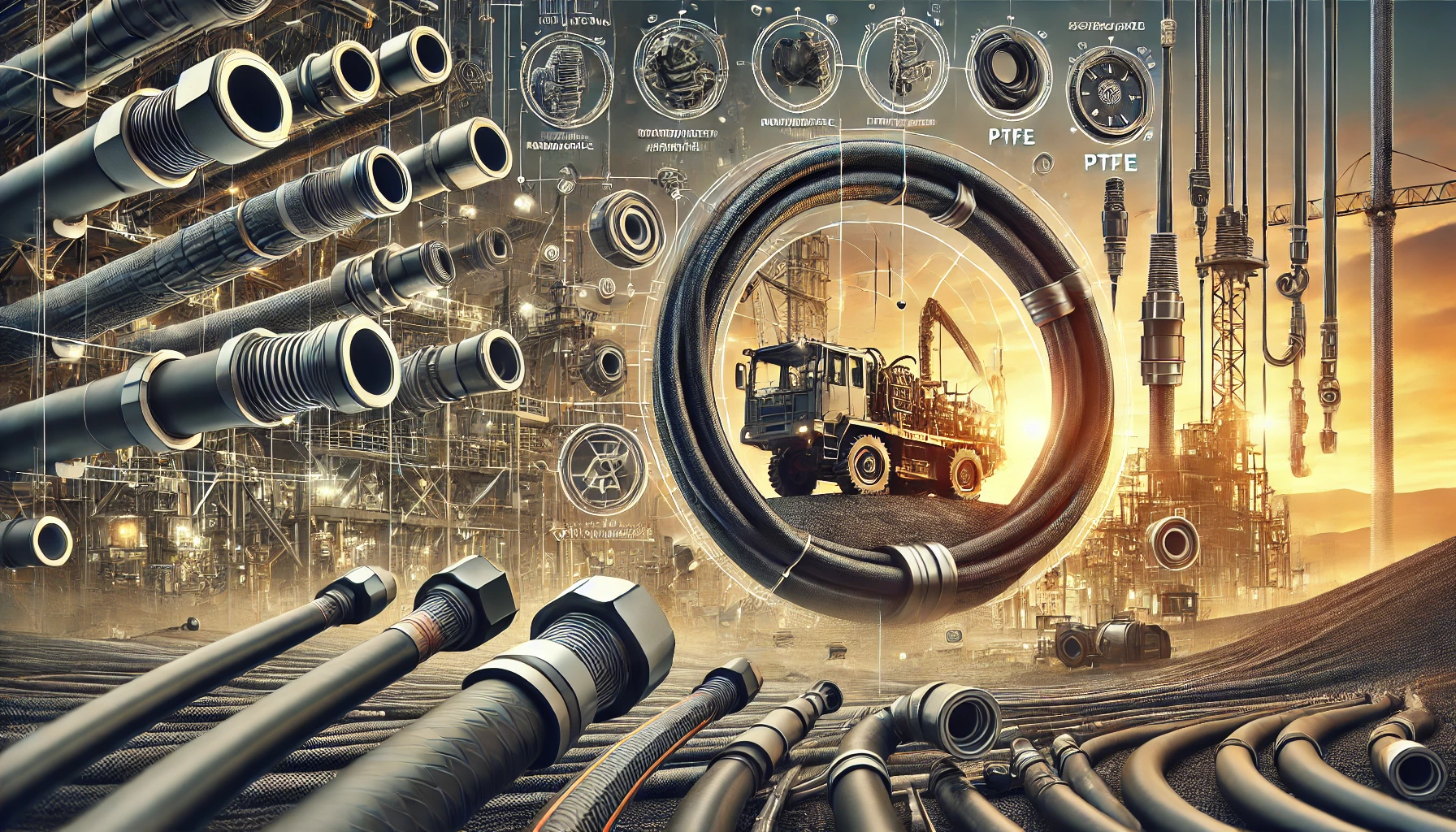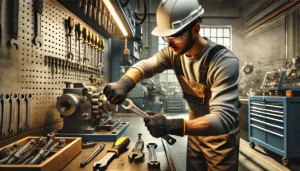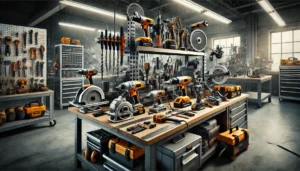Choosing the right rubber hose for hydraulic systems is a serious business, there is a lot that depends on it, for instance, proper operation, safety, and even how long the equipment lasts. With the right hose, the chances of system breakdown, maintenance costs, and other issues will significantly drop, leading to improved performance. These considerations will help with the decision-making process.
1. Size
Over or undersized hoses can compromise an entire system’s performance. Too small of a diameter will lead to increased pressure losses, additional heat, and possible damage to system parts. A hose that is too large, on the other hand, results in oversized components that serve no purpose and increase expenses. To ensure that flows are kept at an optimal velocity, the internal diameter (ID) of the hose needs to be right. Fortunately, the fluid power industry has solved this issue by developing a system of measurement called Dash Numbers, which tell users the size of the hose by the ID in sixteenths of an inch. An example of this is: -8, which denotes an internal diameter of 8/16″ or 1/2″. Additionally, a person needs to measure the required length and take into account the route that will be taken to prevent hose movement and flexibility compromises.
2. Temperature
Both the temperature of the hydraulic fluid, commonly known as media temperature, and the ambient temperature of the area where the hose operates are critical factors. If hoses continue being used in temperatures that exceed their rated capacity, material degradation and consequently, hose failures will occur. Different types of hose materials have varying temperature tolerances. Though some hoses can tolerate petroleum-based fluids up to 257 °F (125 °C), they’re only able to withstand 185 °F (85 °C) when it comes to water-based fluids. For this reason, always use a hose that has been rated for temperature equal to or greater than the expected maximum working temperature of your application.
3. Application
Applying the limits of your application is crucial for hose selection. Take into account the machinery, the weather, the mechanical stresses, and the likelihood of them rubbing against a surface. For example, if the hose is likely to rub against abrasive surfaces, purchase hoses that have a much more abrasion-resistant cover. Think about the bend radius as well, particularly when working within tighter spaces. This flexibility can be a problem if the hose is severely restricted, as it can lead to kinking and collapsing.
4. Media Compatibility
It’s important to consider the type of fluid that will pass through the hydraulic hose. Incompatibility can lead to degradation of the hose, contamination and breakage of the entire system. Make sure that all components of the hose, namely, inner tube, fittings, cover, O-rings, etc. are compatible with the type of hydraulic oil used in your equipment. Check chemical charts to verify against possible negative reactions that could disrupt the system and render it useless.
5. Pressure Ratings
It is critical to determine the working pressure of the system as well as possible surge or spike pressures within the system. Select the hose with a maximum working pressure rating that is higher than or equal to these values. Typically, hydraulic hoses carry a safety rating of 4 to 1 meaning the burst pressure is four times the maximum working pressure. For example, a hose rated at 3,000 PSI working pressure would safely burst at 12,000 PSI. Always ensure that all components of the hose assembly are rated appropriately as the assembly is only as strong as its weakest component.
6. Hose Material and Construction
The different types of hoses serve a multitude of purposes all around the world. These include:
- Rubber hoses: Typically, rubber hoses have a synthetic inner core, are reinforced with steel wire, and are covered with a rubber casing. They can withstand high levels of hydraulic fluid pressure. Moreover, these hoses are flexible, lie flat after coiling, memory resistant, and lie flat after being coiled. On the other hand, rubber hoses are prone to UV degradation and abrasion, and therefore, may bulge or expand.
- PTFE (Teflon) Hoses: Known for its superb chemical compatibility and ability to withstand extremely high temperature, these hoses boast a Teflon inner tube, reinforced with stainless steel mesh. Unlike rubber hoses, PTFE hoses are less flexible and have a larger bend radius bringing the need for routing carefully to avoid kinking.
- Thermoplastic Hoses: Containing a few plastic components, these hoses can withstand elevated levels of pressure, providing high safety guarantees while remaining lightly prone to abrasion. To explain further, they have a higher level of memory and are less flexible, therefore, – not lying flat after coiling.
7. Environmental Factors
Think about the environment in which the hose will work. There are several factors like ultraviolet light, ozone, chemicals, salt water and high temperature as well as low temperature which might alter the performance of the hose. For example, marine hoses may need reinforcement with materials to resist corrosion from salt water, but industrial hoses may need to be resistant to salt water, chemicals, and oils. The selection of a hose with a suitable cover material to withstand those environmental conditions will improve the performance and life of the hose.
8. Bend Radius and Flexibility
Under bend radius, there are conditions which need to be met in order for the hose not to kink. It refers to the internal radius of a hose that is being bent without concern for any damage being inflicted. When the specified bend radius is violated, the hose may be exposed to damages. Ensure that the routing of the hose allows for more than the minimum bend radius specified by the manufacturer. The application will also govern the flexibility of the hose. Where common movement is frequent, these conditions must be accounted for in the design space constraints.
9. End Connections and Fittings
The proper selection of fittings and their correct attachment to the hose are paramount to a dependable system that is gasket free. Pay attention to items like thread type ,size ,material of construction, and method of sealing. If the fittings are improperly machined or installed, there can be leaks, drop in pressure, and damage to the system. It is suggested that the fittings designed and manufactured by the hose maker be used for the best result and fit.
10. Compliance with Standards
Use a hose that has been designed taking into consideration the applicable industry standards such as SAE (Society of Automotive Engineers), EN (European Norm) or ISO (International Organization for Standardization). Compliance means that the hose has been evaluated and proven to meet certain tests and certification for the parameters set forth ensuring performance and quality.
On the whole, selection of a rubber hose to be used in a hose and pulling hydraulic system should be done in a well balanced manner considering all of the size, temperature, application, media, pressure, material, environment, radius needed to bend the rubber hose, fittings, and other standards.










